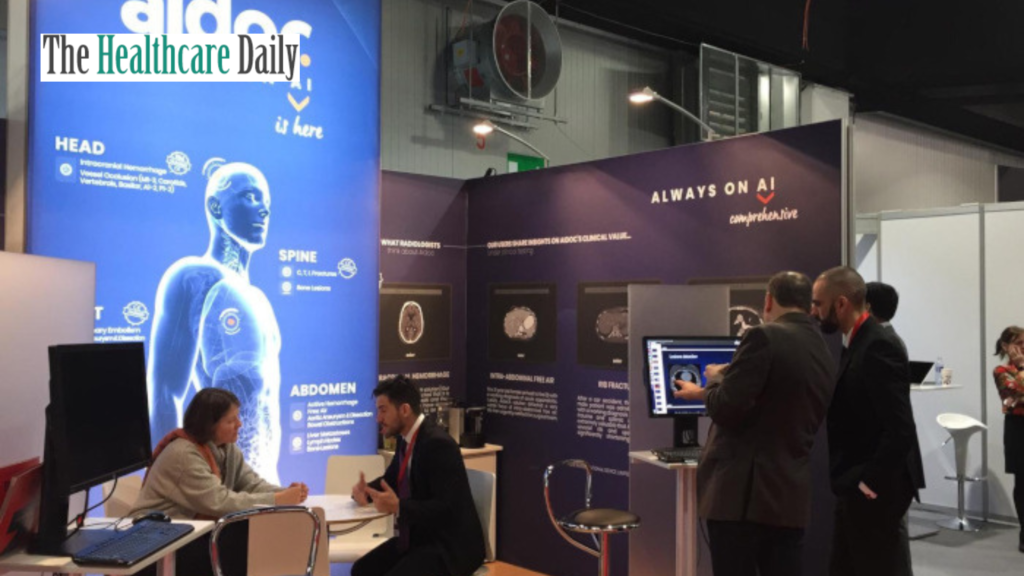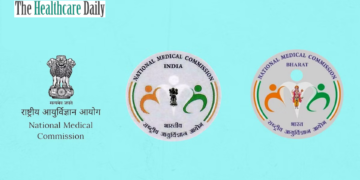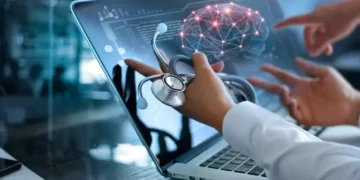In a groundbreaking move, AI imaging leader Aidoc has clinched a remarkable $30 million in funding aimed at pioneering a cutting-edge AI imaging model and unveiling a novel suite of products rooted in this transformative technology.
The company’s forte lies in furnishing radiologists with sophisticated tools that streamline the detection and prioritization of injuries and medical conditions through scrutinizing imaging results. Aidoc offers an integrated coordination software for stroke and cardiovascular care. This software not only alerts pertinent members of the care team but also facilitates seamless data and image sharing.
Aidoc’s strategic vision revolves around tapping into the potential of text-based foundation models, such as ChatGPT, within the realm of medical imaging. Leveraging their AI multimodal training infrastructure and the innovative AI-powered clinical workflow operating system (aIOS), the company is uniquely positioned to craft an all-encompassing imaging AI model.
Michael Braginsky, CTO and cofounder of Aidoc, underscored the significance of aIOS, emphasizing its design to expedite the incorporation of state-of-the-art technologies within hospital setups, minimizing reliance on IT teams and ensuring facile deployment.
“The aiOS is made to seamlessly integrate cutting-edge technologies, minimizing the burden on hospital IT teams, thereby facilitating swift deployment,” remarked Braginsky. “Our aim is to fuse the formidable capabilities of Aidoc’s aiOS with our foundation model, delivering a robust solution to propel the scale of AI in healthcare.”

Market Advancements and Strategic Collaborations
This recent funding triumph follows Aidoc’s previous financial successes, including a $110 million Series D funding round last year and a $66 million Series C round the year prior, propelling the expansion of its AI-powered imaging platform.
In 2022, Aidoc forged key partnerships, notably with Singaporean startup Us2.ai, integrating their algorithm for analyzing echocardiograms into Aidoc’s platform. A collaboration with Gleamer led to the integration of Gleamer’s BoneView tool for X-rays into Aidoc’s platform.
The company also secured several FDA 510(k) clearances, including revolutionary artificial intelligence software designed for detecting and prioritizing potential brain aneurysms in CT scans, alongside a groundbreaking algorithm for flagging pneumothorax (collapsed lung) in X-rays. The brain aneurysm detection tool marks Aidoc’s ninth 510(k) clearance, further solidifying its position as a leader in the field. Other clearances encompass software made for cervical spine fractures, intracranial haemorrhage, incidental pulmonary embolism, large vessel occlusions, and rib fractures, significantly enhancing diagnostic capabilities.
In a recent development, Aidoc announced a collaboration with Mayo Clinic, showcasing their commitment to increase patient care by providing AI technology and platform support to the esteemed healthcare system.
With Aidoc’s continual strides in innovation and strategic collaborations, the healthcare landscape stands poised for a paradigm shift in AI-powered imaging and patient care.

What is AI Imaging?
AI imaging refers to the integration of artificial intelligence within medical imaging processes to reshape how healthcare professionals analyze and interpret diagnostic images. This technological convergence involves the utilization of machine learning algorithms and computer vision to scrutinize and decipher complex visual data obtained from various imaging modalities like X-rays, MRIs, CT scans, and ultrasounds.
At its core, AI imaging aims to enhance diagnostic accuracy, speed, and efficiency while increasing the capabilities of healthcare providers, particularly radiologists. These AI-powered systems are designed to rapidly process vast amounts of imaging data, assisting in the identification and interpretation of anomalies, injuries, diseases, or irregularities that might be overlooked or challenging to discern through manual analysis alone.
The fundamental principle driving AI imaging involves training algorithms on vast datasets containing annotated medical images. This training process enables the algorithms to recognize patterns, anomalies, and specific characteristics associated with different medical conditions. Through continuous exposure to diverse cases, these algorithms refine their ability to detect abnormalities and provide valuable insights to healthcare professionals.
AI imaging solutions offer multifaceted functionalities. They support in conductiung a preliminary assessment of and prioritizing cases based on severity, facilitating timely interventions for critical conditions. These systems can streamline workflows by automating repetitive tasks, allowing radiologists to focus more on nuanced analyses and patient care.
One of the significant advantages of AI imaging lies in its potential to mitigate human error and variability in image interpretation. By serving as an additional layer of analysis, these systems complement the expertise of healthcare professionals, potentially reducing misdiagnoses and improving overall patient outcomes.
AI imaging solutions evolve continuously, adapting to new data and refining their algorithms, thereby improving their diagnostic accuracy and expanding their application across various medical specialties. Overall, AI imaging represents a transformative frontier in healthcare, promising to revolutionize diagnostic practices, expedite treatment decisions, and ultimately enhance the quality and efficiency of patient care.























